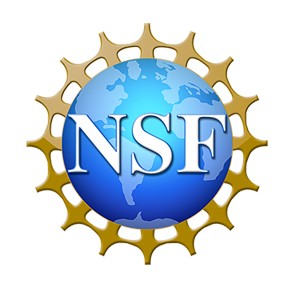Welcome to LIINC
Columbia University’s Laboratory for Intelligent Imaging and Neural Computing (LIINC) was founded in September 2000 by Prof. Paul Sajda. The mission of LIINC is to use principles of reverse “neuro”-engineering to characterize the cortical networks underlying perceptual and cognitive processes, such as rapid decision making, in the human brain. Our laboratory pursues both basic and applied neurosciences research projects.
LIINC is located on the 10th floor of Northwest Corner Building at Columbia University. If you have any additional inquiries, or if you would be interested in collaborating with our laboratory, please feel free to contact us.
News
Neureality Hackathon 2024
Hey Innovators, Tech Enthusiasts, and Dreamers! Mark your calendars for March 8-11 because something extraordinary is coming to Columbia University - the Neureality Hackathon! This is the first-ever Hackathon to explore the limitless potential of neurotechnology collides with the immersive world of virtual reality.
Get Ready for the Neureality Hackathon - Where Neurotech Meets Virtual Reality!
Team Led by Neuroengineer Paul Sajda Wins $12M DARPA Grant for Research on Depression and Suicide
Our Work Won Best Paper Award at the BI 2023 Conference
In a remarkable achievement, Dr. Xueqing Liu, a previous Ph.D. student and now LIINC postdoc, was awarded the prestigious Best Paper Award at the 16th International Conference on Brain Informatics (BI 2023) held in Hoboken & New Jersey. Her paper, "Fusing Simultaneously Acquired EEG and fMRI via Hierarchical Deep Transcoding," garnered unanimous praise for its originality, rigorous methodology, and profound implications for Bioinformatics.






